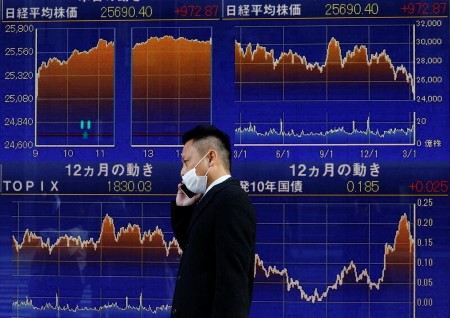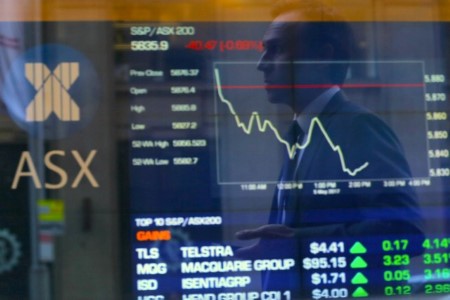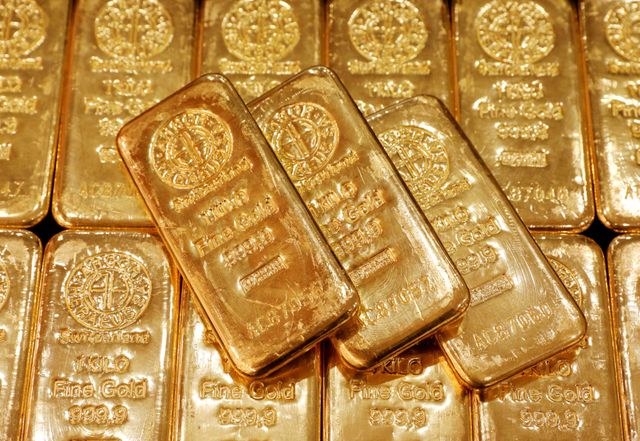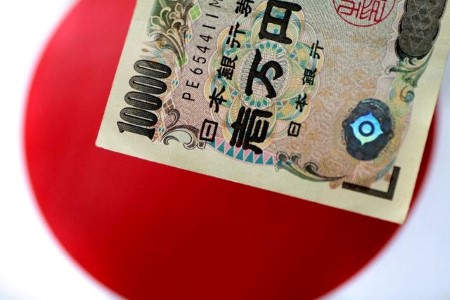TOKYO, May 13 (Reuters) – Japanese shares rose on Friday, as investors scooped up cheap stocks, with SoftBank Group leading gains even after the technology investor’s Vision Fund posted a record loss.
By 0140 GMT, the Nikkei share average .N225 had risen 2.2% to 26,326.61, rebounding from a two-month low hit in the previous session. The index has lost 2.38% so far this week.
The broader Topix .TOPX rose 1.65% to 1,859.50, but was down 2.92% for the week.
SoftBank Group 9984.T provided the biggest boost to the Nikkei, surging 9.82%, even after posting a record loss at its Vision Fund investment arm, and an annual net loss of 1.7 trillion yen ($13.16 billion) for the group.nL2N2X40DK
“SoftBank’s big loss had been already priced in its shares so investors were not surprised by the outcome,” said Shuji Hosoi, senior strategist at Daiwa Securities.
Yutaka Miura, senior technical analyst at Mizuho Securities, said investors bought SoftBank on expectations the Nasdaq would rise later in the day.
Heavyweight Tokyo Electron 8035.T advanced 4.46% after the chip-making equipment maker flagged a robust annual forecast for this fiscal year. nXB1T1AWQY
Nissan Motor 7201.T slipped 2.48% after the automaker warned of flat operating profit this fiscal year, far below analysts’ expectations. nL2N2X40IE
There were 168 advancers on the Nikkei index against 54 decliners.
The volume of shares traded on the Tokyo Stock Exchange’s main board .TOPX was 0.66 billion, compared to the average of 1.23 billion in the past 30 days.
($1 = 129.1400 yen)
(Reporting by Junko Fujita;
Editing by Vinay Dwivedi)
((813-4563-2711, junko.fujita@thomsonreuters.com, Reuters Messaging:junko.fujita.reuters.com@reuters.net;))






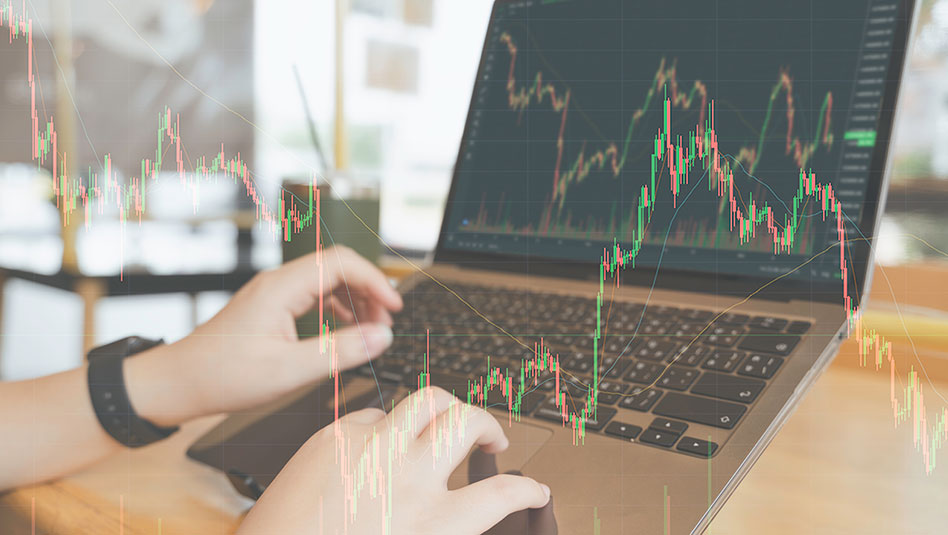
 DOWNLOAD
DOWNLOAD




